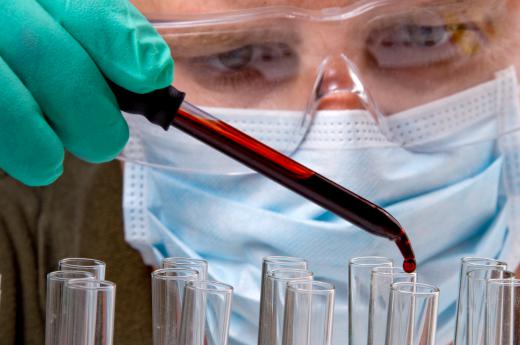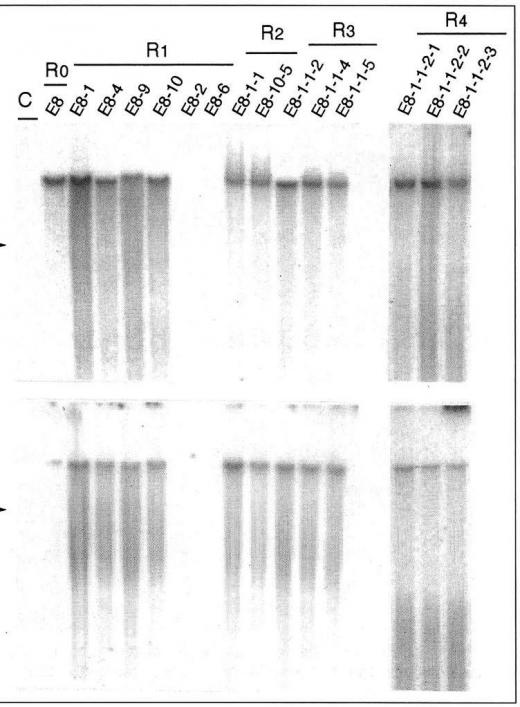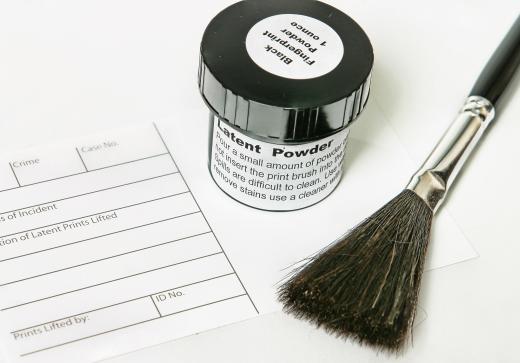What is a Forensic Science Laboratory?
 Mary Elizabeth
Mary Elizabeth
Because legal proceeding may involve any form of science, any kind of science can be applied in a forensic setting. Nevertheless, there are some sciences that are applied more regularly in preparation for court cases than others. Many of these require laboratory investigation in the course of their application, and these form the main work of the forensic science laboratory.
A crime scene, the place that generates much forensic evidence, may turn up evidence that includes body fluids, hair, fiber, soil, as well as fingerprints, footprints, computers, etc. As a result, there are a number of types of evidence and disciplines that are commonly dealt with in a forensic science laboratory. One way to break these down is into four discipline areas: Life sciences—biology and biochemistry; Chemistry—chemical and trace evidence analysis; Pharmaceutical—drug and toxicology analysis; and pattern evidence.

A forensic science laboratory, however, may have more divisions. At the New York State Forensic Science division, for example, there are ten lab sections with different science focuses. These sections are biosciences, breath testing, document analysis. drug chemistry, firearms, forensic identification, including fingerprinting, forensic imaging, photography, toxicology, and trace evidence. Other divisions handle evidence intake and case reviews. In the case of New York State, the forensic science laboratory also provides several other services besides analyzing crime scene data.

The bioscience division handles forensic DNA identification technology, analysis of tissue and body fluid, and enters data on DNA patterning into the national Combined DNA Index System, also known as CODIS. The breath testing unit prepares all solutions used by NY police in breath testing instruments and maintain the Alcotest which uses both infrared and electrochemical analysis on each breath sample.

The documents unit analyzes various elements of documents, including handwriting, paper, ink, and document production technology, such as typewriters, copiers, etc. They also provide quality control for the New York State lottery. The drug chemistry unit uses chromatography, spectrophotometry, and mass spectroscopy to determine if evidence is or contains substances that are illegal or controlled.

The firearms identification unit, also called the ballistics unit, analyzes projectiles, casings, gunshot residue, and tests firearms and other weapons. They also restore serial numbers. The forensic identification unit examines fingerprints and keeps the Statewide Automated Fingerprint Identification System, also called SAFIS, updated. They develop latent prints using powder, chemicals, different light sources, and digital enhancement.
The forensic imaging unit does age progressions, make drawings from interviews, do skull reconstruction, clarify unclear photographs, and prepare crime scene models. The photography unit does specialize film work including detail enhancement, preparing court presentations, and taking aerial photographs.
The toxicology unit analyzes biological specimens with gas chromatography, mass spectrometry, polarization, immunoassay, and other methods to determine the presence or absence of drugs including alcohol. The trace evidence unit helps in cases in which there is glass residue, residue after a fire, and accident cases.
AS FEATURED ON:
AS FEATURED ON:














Discuss this Article
Post your comments